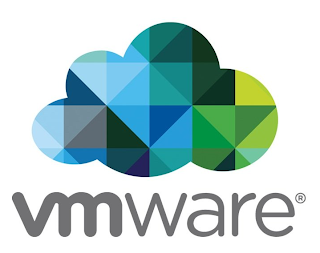
When we discuss the internet today, there are two terms that we frequently here: privacy and security. While you may think that these two terms mean the same thing and are thus interchangeable, this isn’t true. As such, you’ll want to take a moment to learn the difference between these two terms.
Understanding the Difference Between Privacy and SecurityWhen you open a checking account you share your personal information with your bank. There are three results that may occur here:
The bank may maintain your privacy and security. Your privacy may be compromised, but still, your security could be maintained. This means that the bank might sell some of your information to a marketer something you may agree to in the bank’s privacy disclosure. The result is that your personal information ends up in the hands of people you didn’t want to have it. Both your privacy and your security are compromised by a data breach. Herein cybercriminals penetrate the bank’s database, compromising your security. When this happens, your information could be sold on the dark web, causing you problems with cyber fraud and identity theft.Norton says cybersecurity products can provide both your privacy and security though. Sometimes the software can even protect both at the same time as is the case when you use a virtual private network (VPN). This is a security product that encrypts all the data you send or receive while online. Essentially, this is like sitting with your back to the wall so someone can’t look over your shoulder and see what you’re doing. There are two main ways in which this is beneficial to you:
Privacy: A VPN helps block websites, internet browsers, cable companies, and internet service providers (ISP) from tracking your personal information, including your web browser history. Security: A VPN will help protect you when others attempt to access your personal information online. What we Need Security AgainstUnderstanding the difference between security and privacy is the first step, but it may leave you wondering: What do we need security against? According to Trip Wire, while there are hundreds of cyber threats we should take strict security measures against, the primary ones include:
Malicious software (a.k.a. malware) is one of the cybercriminals’ most effective weapons. They use it to infiltrate a target system or device. Once inside, the cybercriminal can steal your information, damage your system, modify or delete data, or create any other type of harm they want. The number of malware variants grows by leaps and bounds each year because this is such an effective weapon in the hands of cybercriminals. In fact, today this is the most common type of tool they deploy. Distributed denial-of-service attacks (a.k.a. DDoS) are used to paralyze your computer so that you can’t access it. This is done by creating a malicious botnet that infects any vulnerable systems that are on either a node or a network. Once deployed the cyber attacker will then order the botnet to continually send requests which the server can’t manage because there are simply too many of them. As such, the server is forced to go offline. One of the best-known examples of this happened in 2016. At that time Dyn (a well-known DNS provider) was hit by one of history’s largest DDoS attacks . Cyber attackers hit them at a rate of 1.2 terabits per second. Phishing is one of the oldest, yet most effective ways a cybercriminal can lure in their victim. It most commonly happens when you receive a fake email, but bogus websites and text messages are also being used today. The main goal of these attacks is to steal your personal and financial information. To date, these have been very successful, costing mid-size companies an estimated $1.6 million. Ransomware is one of the most sophisticated types of malware in existence today. Cybercriminals can use it to restrict your access to your personal information. While this may sound complicated, it’s as easy as being forced to pay a ransom demand if you want to regain access to your own personal information. The most common way cybercriminals can affect a target system is through a phishing attack. By 2019 most cybersecurity experts believe that ransomware damages will cost around $11.5 billion. Top Preventive Measures for Privacy and SecurityYou should only trust businesses or services who value your privacy. They can demonstrate this respect to you by using state-of-the-art technology to protect your private information. Of course, you must also take the time to understand the difference between security and privacy. Obviously, this won’t do you any good unless you employ some precautionary tactics like threat intelligence software to protect your privacy and prevent security breaches from happening. With this in mind, here are some of these steps that you can start using today:
Although it’s common to share your personal information on social media today, this puts your privacy at serious risk. This is why it’s so important to make sure that you don’t disclose everything about yourself online or even offline. You should also take a moment to make sure that the privacy on your social profiles is set to “private.” Don’t click on links inside of emails that come from unknown recipients. These are typically phishing attacks, which means they contain malicious links. Make sure that all your devices are protected so it’s difficult for cybercriminals to penetrate its security walls where, once inside, they’re able to infect your device with malicious tools. You should also consider using a VPN. These encrypted servers make it almost impossible for a cybercriminal to steal your private information even when a device becomes compromised. Don’t connect to public WiFi. These are known to lack security measures that make them more prone to security breaches. Always read the TOS and privacy policy when you buy a product or subscribe to a service online. This will tell you what information they’re collecting and how they’re using it. If you’re in Europe
















